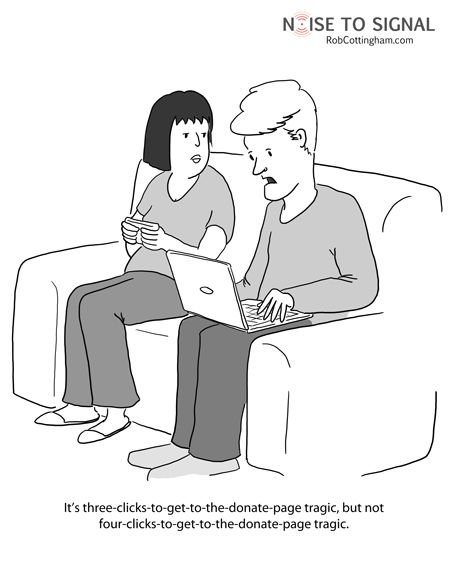Originally published on ReadWriteWeb
If you’re commenting on a tech story that involves a change that upset some people, and you’re not one of those people, it’s incredibly important to explain why those people are wrong to be upset. (Not that you don’t understand why they’re upset – that they’re wrong. See the difference?)
Problem is, you may be new to tech comment threads, and your instincts may lead you to make rookie mistakes, like:
- putting yourself in the other person’s shoes
- reading their comment past the first six words
- reflecting before replying, while replying, or after replying
But don’t worry! Yes, you were wrong (see how easy that is to say?), but it’s never too late to learn how to dismiss other people’s points of view. Here are some classic moves that are proven winners, in the all-important sense that someone else loses:
Other people have bigger problems! They’re complaining about a bug? Point out that in Syria, the government is massacring their own citizens by the thousands. Yeah, that week’s worth of work that was lost thanks to that server failure doesn’t look so all-fire important now, does it? (The beauty of this is you can almost always find someone with bigger problems. “You only have three minutes left to live? This guy next to you has only two minutes!”)
You should be down on your knees in gratitude! They don’t like the new terms of service that pledges their vital body organs to a social network’s CTO? Tell them to stop bitching about the ***free*** service that the company is giving them out of the goodness of their hearts, asking only for their time, attention, content, data lock-in, personal information, clickthroughs, friends’ personal information and a multi-billion-dollar valuation the day they go public.
You upgraded too early! They’re complaining because printer drivers aren’t available yet for the latest version of the OS? That’s the price of living on the cutting edge! Suck it up!
You should have upgraded! They’re complaining because the only printer drivers available are for a version of their OS released last Thursday? That’s the price of driving in the slow lane, Grandpa! Upgrade or die!
You’re doing it wrong! They’re complaining because they can’t automatically post to GripPnar any more from QiggLope using the “Klarg This” button? That’s because they’re too stupid to use your clever technique, which uses a simple Python script, sixty-two metres of duct tape, a goat’s right ear, and a Beowulf cluster positioned in the exact geometric center of Stonehenge. Easy-peasy… unless you’re a moron.
You’re a prima donna! Ooo, Mr. Fancy-pants My-Smart-Phone-Can-Receive-AND-Send-Data is upset because the network was down for three days without notice? Why doesn’t he take his latte-driving Volvo-sipping Armani-eating sushi-wearing ass back to the lawn-bowling club?
Oh, boo-hoo! This is a handy one when you don’t actually have a coherent reason to disagree with someone. Also useful (and always funny and original, no matter how many times you say it): “Call the waaaah-mbulance!”
So that’s seven ways to avoid having to put yourself in someone else’s shoes (a proven cause of athlete’s foot) or see things from their point of view (a proven cause of pink eye). Got any suggestions of your own?
Not that I’ll be listening.



